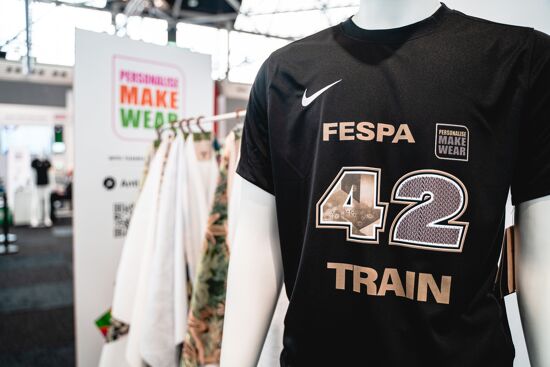Emissions reductions too often fudged

Laurel Brunner emphasizes the importance of awareness of the current threat of climate change and the necessity to make environmental impact accountable.
The New Climate Institute recently published its Corporate Climate Responsibility Monitor 2022. The report assesses “the transparence and integrity of companies’ emission reduction and net-zero targets”. It’s pretty dry reading. It’s findings mostly they remind us of two important facts. First of all there can be no room for complacency or ambiguity when it comes to our climate emergency. Secondly making environmental impact accountable and using standard reporting is vital.
Corporate climate responsibility depends on tracking and disclosing all emissions associated with the business. For the printing and publishing industries that means being able to identify those activities with an impact and being able to measure them. ISO 16759 for calculating the carbon footprint of print was developed with this in mind. ISO 22067-1 was developed for the same reasons, but to add greater detail to impact measurements.
Responsible accountability also depends on targets (which can easily be faked), reducing emissions (they generally go down with falling turnover and profits), offsetting (a license to pollute in many cases) and a miscellany of other unsexy factors that can be where real change starts (think employee empowerment and consumers’ rejection of plastics).
According to the report, only three companies actually mean what they say with unambiguous commitment to decarbonising 90+% of their value chains. There is a massive gap between what organisations appear to be pledging and the reality. Most of what some big brands claim is therefore is not quite real so scrutiny, standards and even regulation are needed. The New Climate Institute report found that none of the 25 companies evaluated achieved a high integrity rating. Maersk had a reasonable integrity rating and Apple, Sony and Vodafone had moderate integrity ratings. But most had low (Amazon, Google, Ikea) or very low (BMW, Unilever, Carrefour).
Transparency and accuracy are central to the accountability of large companies such as Amazon, however it is much easier to make a lot of noise about efforts than it is to add substance to them. All those novelists and musicians convincing themselves and their soc-med followers that they have talent. Eventually the noise can drown out reality. This may be what is going on with corporations championing environmental impact mitigation efforts.
Understandably companies must respond to shareholders, customers and supply chain pressures, so they come up with a plan. But distinguishing the real from the mould is tricky. The 25 companies studied for the report had combined reviews in 2020 of US$3,18 trillion. That is some 10% of the revenues for the top 500 companies in the world. They also accounted for 2.7 GtCO2e about 5% of global GHG emissions. That is an awful lot.
Source Information: This article was produced by the Verdigris Project, an industry initiative intended to raise awareness of print’s positive environmental impact. This weekly commentary helps printing companies keep up to date with environmental standards, and how environmentally friendly business management can help improve their bottom lines. Verdigris is supported by the following companies: Agfa Graphics, EFI, Fespa, Fujifilm, HP, Kodak, Miraclon, RicohSplash PR, Unity Publishing and Xeikon
Topics
Interested in joining our community?
Enquire today about joining your local FESPA Association or FESPA Direct
Recent news

Streamlining personalisation with tech: Insights from the SmartHub Conference 2025 speakers
Personalisation Experience 2025 (6 – 9 May 2025, Messe Berlin, Germany) is running its inaugural SmartHub Conference from 6 – 8 May 2025.

Special Effects in DTF: How Neon Inks Are Making Apparel Pop
Neon fluorescent inks are the latest innovation in DTF printing, offering vibrant, eye-catching effects under both daylight and UV light, giving apparel decorators a competitive edge. Testing shows good wash durability, though market perception of added value is still developing. With increasing adoption and ongoing technological advancements, neon represents a significant upgrade for creative customisation.

Unlocking Growth Opportunities in the Printed Personalised Apparel Industry
The printed personalised apparel industry is booming, projected to reach $10.1 billion by 2030. Driven by consumer desire for self-expression and branding needs, technological advancements like DTG/DTF and e-commerce integration are key. Sustainability, eco-friendly materials, and on-demand printing are crucial growth drivers. Businesses leveraging these trends, including AI and social media, have significant commercial potential.

Personalisation: From mass production to print-on-demand
Technological advancements are driving the growing trend of personalisation, fueled by consumer demand for unique products. From packaging campaigns like Share-a-Coke to customised apparel by Nike and Adidas, and AI-powered tools, the shift from mass production to print-on-demand is evident. The SmartHub Conference at the Personalisation Experience from 6 - 8 May will explore these opportunities and challenges for businesses.